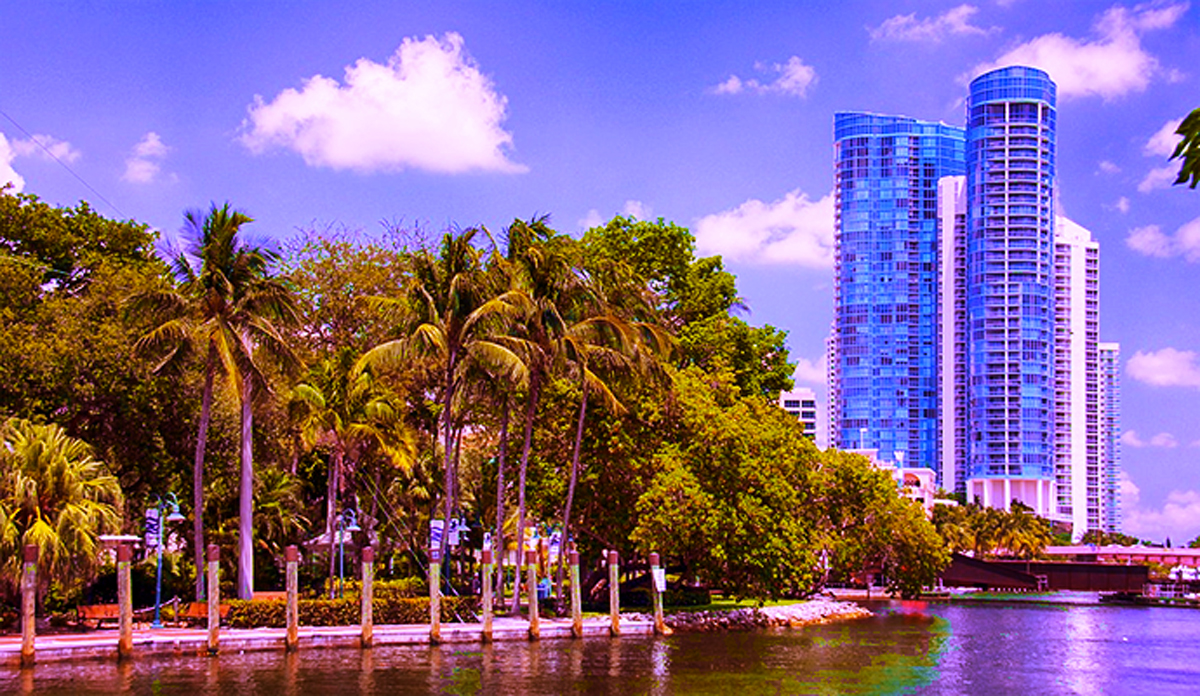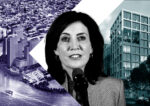Trending
Fort Lauderdale needs to go seriously vertical, developers say at ULI
Capital is available for the right projects, experts say

Fort Lauderdale is in the midst of significant commercial and residential development, yet there is an urgent need for action on mass transit, and the slow pace of construction, a shortage of land and lack of affordable and workforce housing remain pressing issues, developers, builders and Realtors said during an event Wednesday organized by the Urban Land Institute and the Fort Lauderdale Downtown Development Authority.
“There is no more land in this county [Broward], and high-rise development is the way to go,” said Alan Hooper, president of Hooper Construction. We need new housing, so “stop blocking developers,” he added.
Many see the controversial, proposed downtown Fort Lauderdale streetcar project the Wave as essential for providing new public transport and for developing new businesses along its route. Yet Fort Lauderdale’s new mayor, Dean Trantalis, a foe of the Wave, warned that the city “can’t push the real estate sector too far” and that it must try to develop other types of industries that offer better-paying jobs than traditional sectors like tourism.
The Wave, under study for about 15 years, would move people around the downtown area along a 2.8-mile route to alleviate increasing traffic congestion. The plan, now under review, is to operate electric-powered vehicles running on tracks in a north-south route using overhead wires. The estimated price tag for construction is over $195 million and funding has been secured, officials say. Eventually, the Wave will expand to Fort Lauderdale-Hollywood International Airport and to Nova Southeastern University in Davie.
While interconnected mass-transit systems are essential for the future, they are expensive and take many years to develop, said Greg Stuart, executive director of the Broward Metropolitan Planning Organization. The alternative, widening streets, also takes time to develop and is too expensive. “It costs $150 million a mile to widen [thoroughfares] in Broward,” he said.
Speaking before more than 200 people at the NSU Art Museum auditorium in downtown Fort Lauderdale, a panoply of Broward County real estate and business leaders joined past and present government officials, planners, promoters and representatives of the academic and cultural communities to tout the city’s achievements and discuss its future.
They said that despite rising interest rates, there is abundant capital available from investment funds if developers can link funding to the right kind of projects.
Developers are planning a variety of new projects, including Property Market Group’s renewal of Riverwalk with the development of micro apartments; Stiles’ new luxury office tower at 201 East Las Olas Boulevard, and its Class A office and retail renovation New River Center at 200 Las Olas Boulevard; and Kolter Group’s new luxury mixed-use tower at 100 Las Olas Boulevard, which will be the tallest building in Fort Lauderdale at 46 stories, and will house the Hyatt Centric hotel, the first hotel built in the downtown area in more than 80 years.
“We’re not the city ‘tween Miami and West Palm Beach anymore,” said George Hanbury II, president and CEO of Nova Southeastern University and former city manager of Ft. Lauderdale. “We’re at the center of 6 million people in three counties and have the potential to be a world class center.”
Fort. Lauderdale ranks as 6th among the top 10 real estate markets in the U.S., said Ken Krasnow, executive managing director for South Florida at Colliers International. “Property market drivers continue to be strong. We’re in the 9th inning, but it’s the beginning of a double header,” he said.




